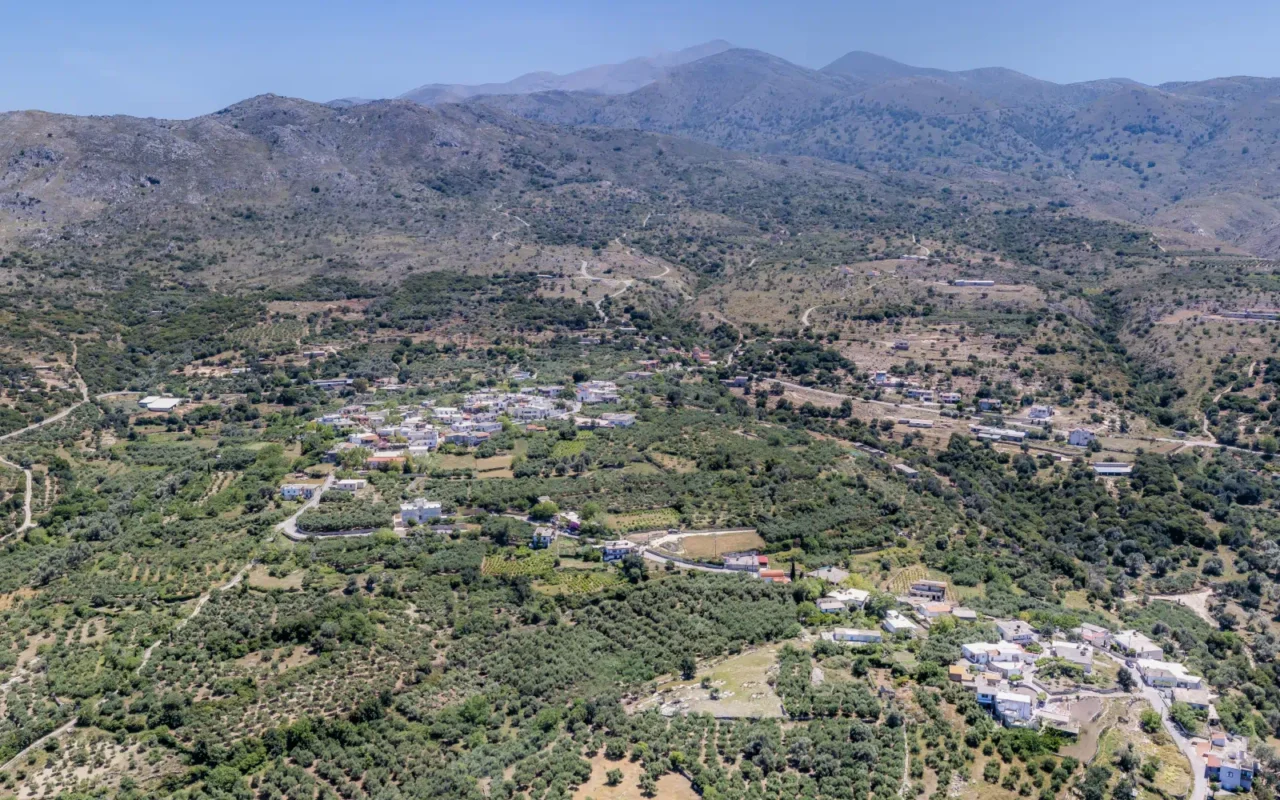
Agios Mamas is a mountainous village and the seat of the eponymous local community in the Mylopotamos Municipality, within the Rethymno regional unit on the island of Crete, Greece. Located at an altitude of 460 meters, Agios Mamas lies on the road leading from Perama to Anogia. Its inhabitants are primarily engaged in livestock farming and agriculture.
Historical References
While the first recorded inhabitation of Agios Mamas dates back to the 13th century, the village’s history likely extends further into the past. The presence of the Byzantine chapel of Saint Mamas with its preserved frescoes suggests a long-standing religious and cultural presence in the area. The village’s name itself, derived from Saint Mamas, a protector of animals, reflects the importance of livestock farming in the community’s identity.
Throughout its history, Agios Mamas has witnessed the ebb and flow of Cretan life, from Venetian rule to Ottoman occupation and the eventual incorporation into the modern Greek state. The village’s inhabitants have actively participated in various historical events, including the Cretan Revolution and World War II, demonstrating their resilience and commitment to their homeland.
Points of Interest
- The modern parish church, dedicated to Saint Mamas, was built in 1998.
- The village also preserves the Byzantine chapel of Saint Mamas, adorned with interior frescoes.
- Additional chapels include those dedicated to Saint George and the Annunciation of the Theotokos.
- The cemetery church, dedicated to Saint Irene, features frescoes with a distinctive color palette, including a notable depiction of the Presentation of Jesus at the Temple.
Population Data Over the Years
Census Year |
Population |
|---|---|
1881 |
215 |
1900 |
295 |
1913 |
313 |
1928 |
275 |
1940 |
265 |
1951 |
296 |
1961 |
236 |
1971 |
235 |
1981 |
230 |
1991 |
214 |
2001 |
275 |
2011 |
213 |
Historical Significance
Agios Mamas holds historical significance not only for its own community but also for the broader Mylopotamos region. The village’s participation in various historical events, coupled with its rich cultural and religious heritage, makes it an integral part of the Cretan narrative. The presence of Byzantine frescoes, historic churches, and local legends adds depth and complexity to the village’s identity.
The tragic execution of villagers by German forces during World War II serves as a somber reminder of the sacrifices made by Cretans in their fight for freedom. The memorial at Gournolakos stands as a testament to their bravery and resilience.
Current Status
Today, Agios Mamas continues to be a vibrant community rooted in its traditions and agricultural heritage. Livestock farming remains a central pillar of the local economy, while the production of olive oil, carobs, and vegetables further contributes to the village’s livelihood.
The village actively maintains its cultural identity through events like the annual festival of Saint Mamas and the “Mitato Day,” which celebrates the traditional shepherd’s shelters in the surrounding mountains. The presence of a cultural association and a cooperative further strengthens the community’s bonds and fosters a sense of collective purpose.
Agios Mamas also maintains strong ties with other communities bearing the same name, both in Greece and Cyprus. The biennial Panhellenic Conference of Agios Mamas communities and other cultural exchanges promote cross-cultural understanding and collaboration.
Village Key Points
- Historical References: First inhabited in the 13th century, named after Saint Mamas
- Location: Mylopotamos Municipality, Rethymno regional unit, Crete, Greece
- Altitude: 460 meters
- Population data over the years: Has remained relatively stable, reflecting the community’s enduring strength and ability to navigate challenges.
- Current Status: A village with a population of 213, primarily engaged in livestock farming and agriculture.
Access
Agios Mamas is 11.6 kilometers away from the town Anogeia and 3.5 kilometers away from Garazo.













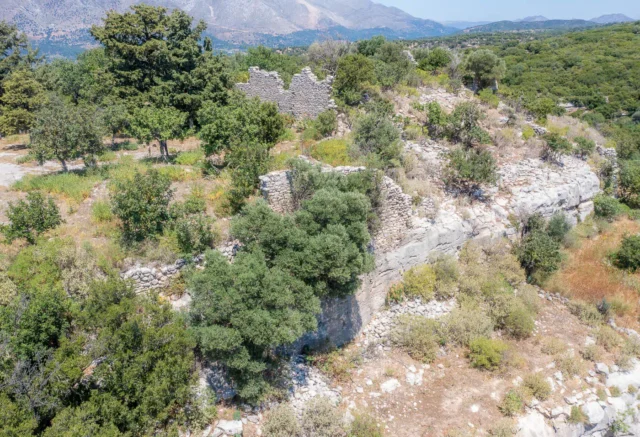



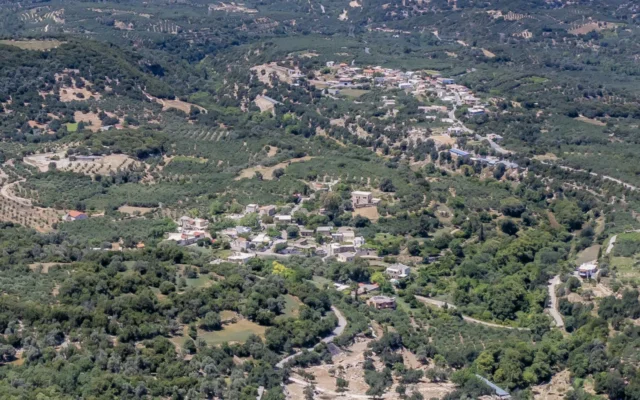
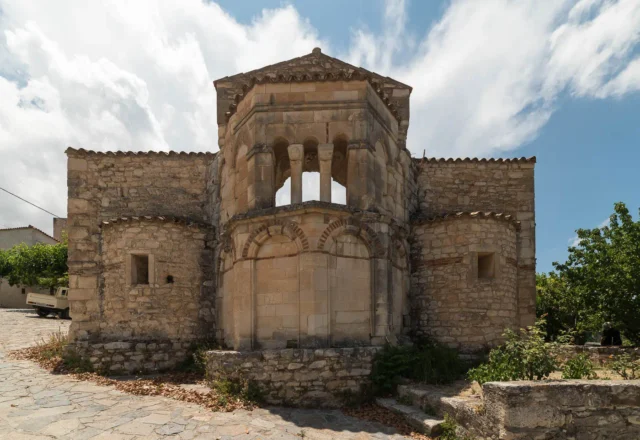

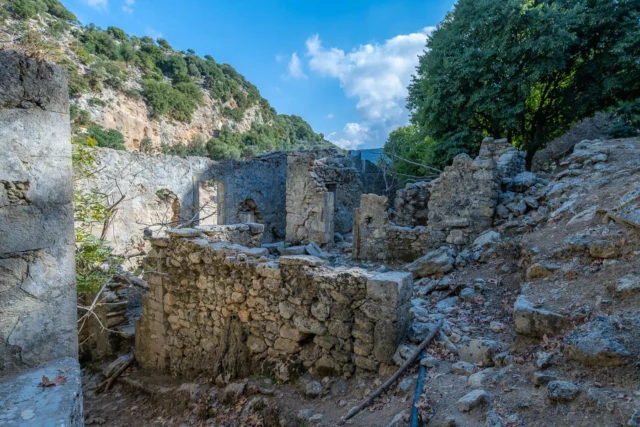
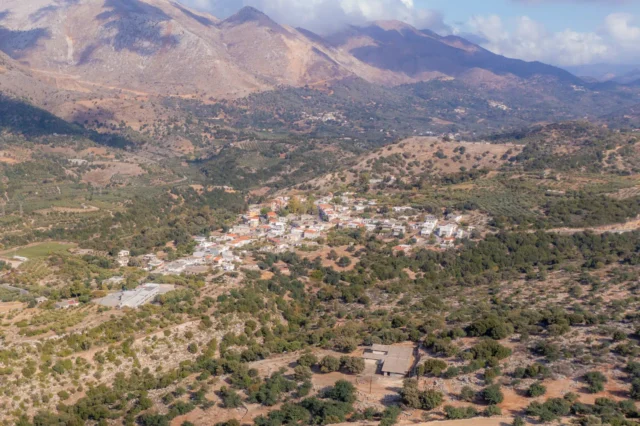


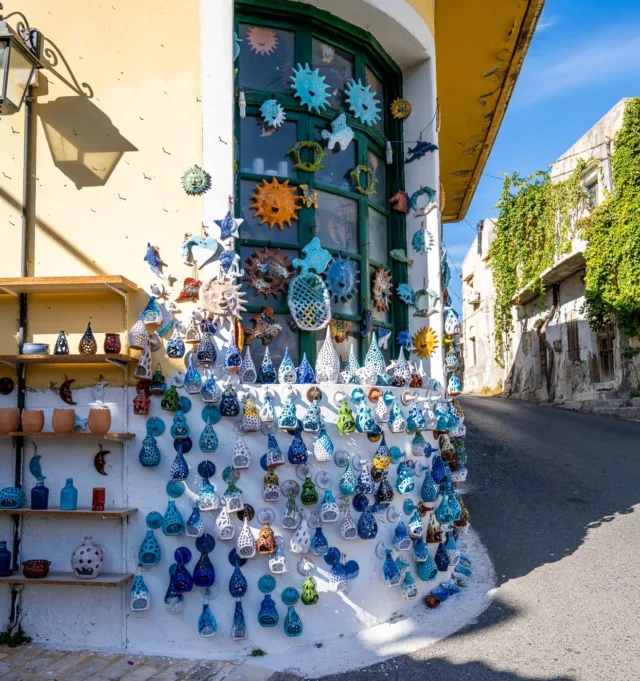

There are no comments yet.